Understanding the Infrastructure Leakage Index: A Measure of Real Losses in Water Networks
Understanding the Infrastructure Leakage Index: A Measure of Real Losses in Water Networks
ILI Explained
ILI Explained
Introduction
Efficient water management is crucial for sustainable development and the preservation of valuable resources. One key aspect of water management is identifying and addressing water losses within distribution networks. To assess the magnitude of these losses and their impact on overall efficiency, water utilities often rely on the Infrastructure Leakage Index (ILI). This article aims to explain what the Infrastructure Leakage Index is and why it is used as a measure to understand real losses in a water network.
Defining the Infrastructure Leakage Index (ILI)
The Infrastructure Leakage Index (ILI) is a numerical indicator used to quantify and evaluate the level of real water losses in a distribution network. It provides a comparative measure that allows water utilities to assess their performance in managing leakages and monitor improvements over time. ILI is widely recognized as an essential tool for effective water loss management and is commonly employed by water utilities, consultants, and regulatory bodies.
Understanding Real Losses in a Water Network
Real losses refer to physical water losses that occur within a distribution network due to leaks, pipe bursts, faulty connections, or other technical issues. These losses, if left unaddressed, can have severe implications on the efficiency and sustainability of water supply systems. Real losses result in the wastage of valuable water resources, increased energy consumption, and financial burdens on utilities.
Why is the Infrastructure Leakage Index Used?
Quantifying Water Losses
The primary purpose of the Infrastructure Leakage Index is to quantify the level of real losses in a water network. By calculating ILI, utilities can determine the percentage of water that is lost before it reaches consumers, allowing them to identify areas of concern and prioritize necessary interventions.
Performance Benchmarking
ILI facilitates benchmarking by enabling utilities to compare their water loss performance against industry standards and other utilities. This helps identify best practices and areas for improvement, leading to more efficient water management strategies.
Monitoring Progress
Implementing measures to reduce real losses is an ongoing process. The ILI serves as a useful tool for monitoring progress over time. By periodically assessing ILI values, utilities can evaluate the effectiveness of their leak detection and repair programs and measure the success of their water loss reduction efforts.
Financial and Environmental Implications
Water losses have financial implications for utilities as they result in wasted resources and increased operational costs. Additionally, they have environmental consequences by putting additional strain on water sources. The ILI assists in quantifying these losses, enabling utilities to make informed decisions to optimize their networks and minimize the associated financial and environmental burdens.
Calculating the Infrastructure Leakage Index
The Infrastructure Leakage Index is typically calculated using two parameters: the level of real losses and the level of background losses. Real losses are measured through leakage assessment surveys, flow monitoring, or water balance studies, while background losses are estimated based on factors such as pipe material, age, and climate conditions. The ILI is determined by dividing real losses by the sum of real losses and background losses and multiplying the result by 100.
Conclusion
Efficient water management demands the identification and mitigation of real losses within water distribution networks. The Infrastructure Leakage Index provides a valuable measure for understanding the magnitude of these losses, enabling utilities to evaluate their performance, benchmark against industry standards, monitor progress, and make informed decisions. By employing the ILI, water utilities can strive towards more sustainable and efficient water supply systems, reducing the waste of valuable resources and minimizing financial and environmental burdens
